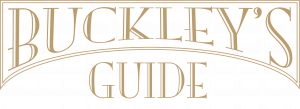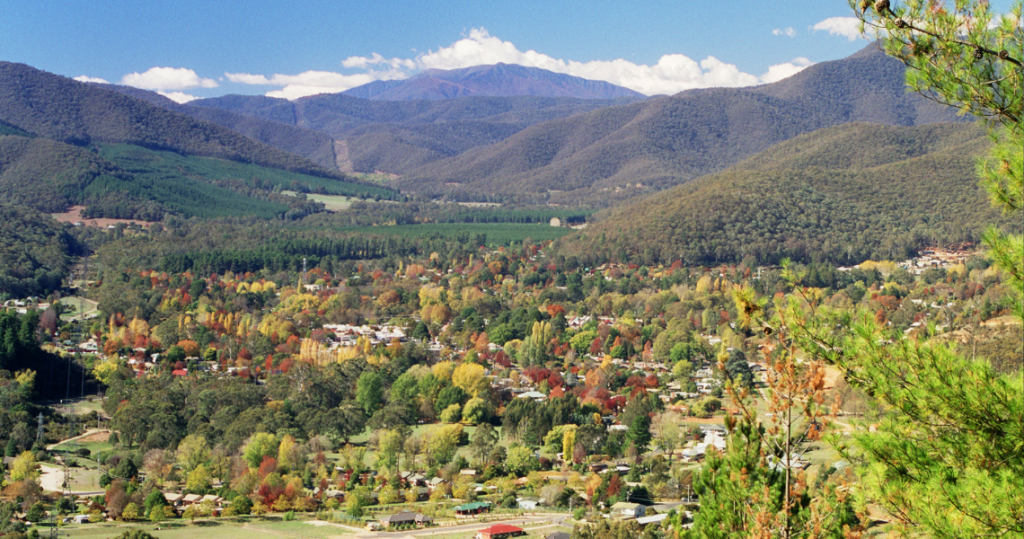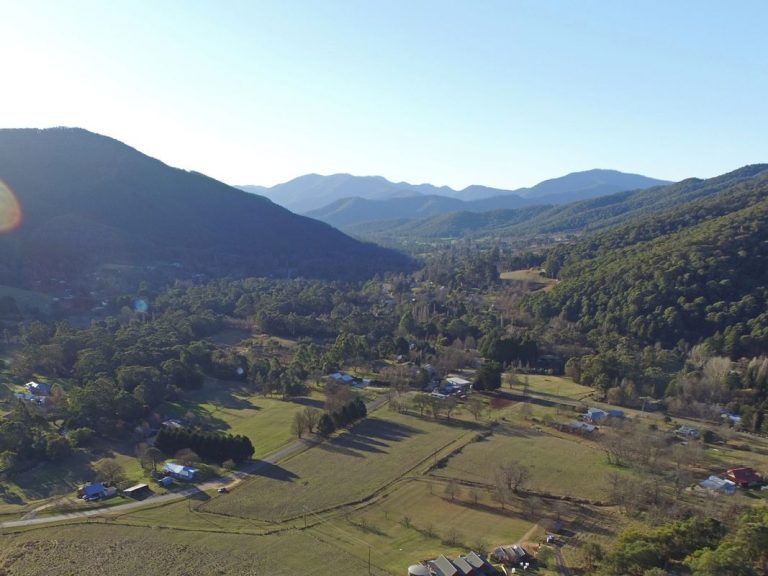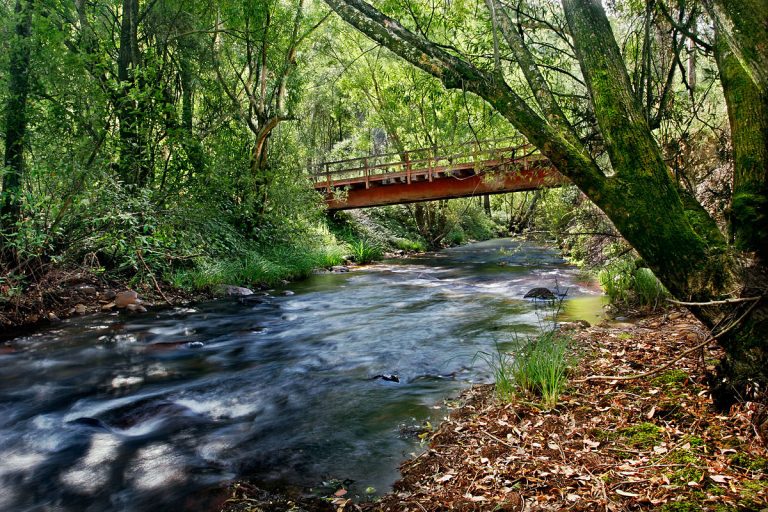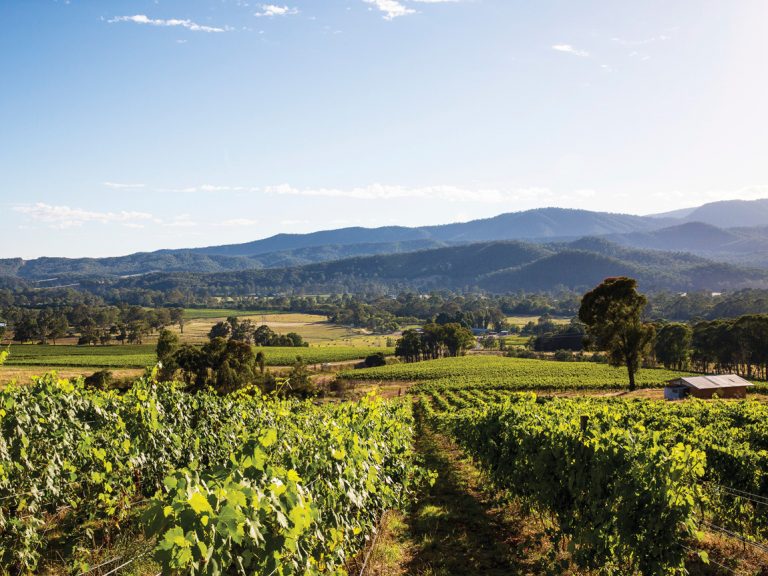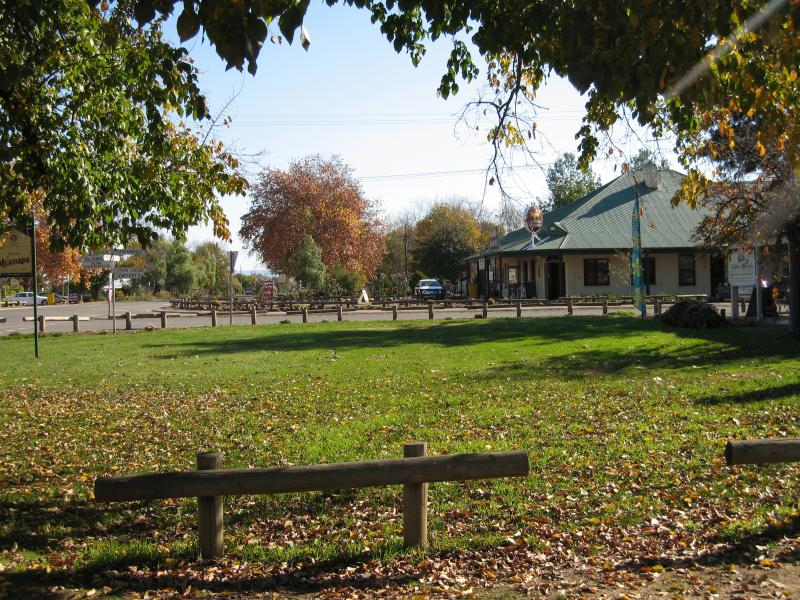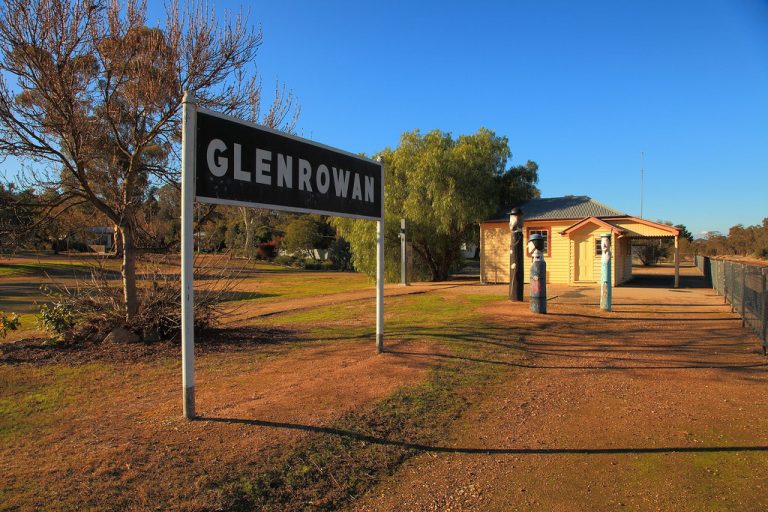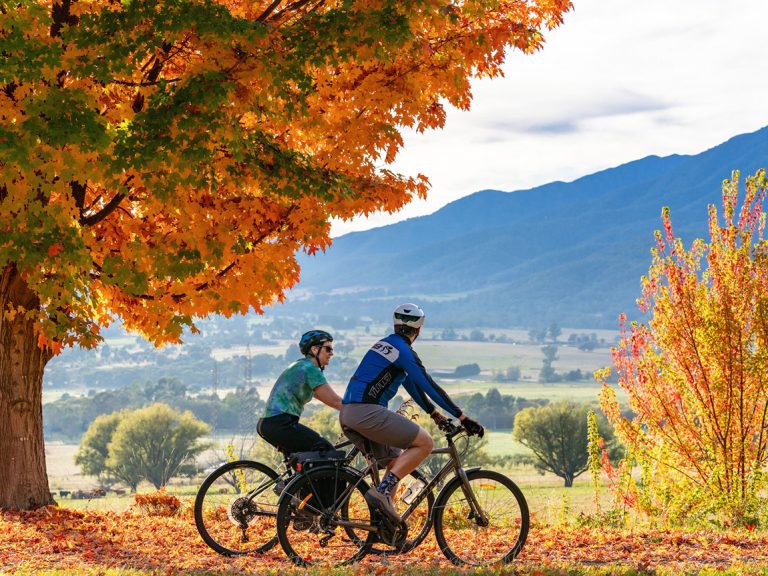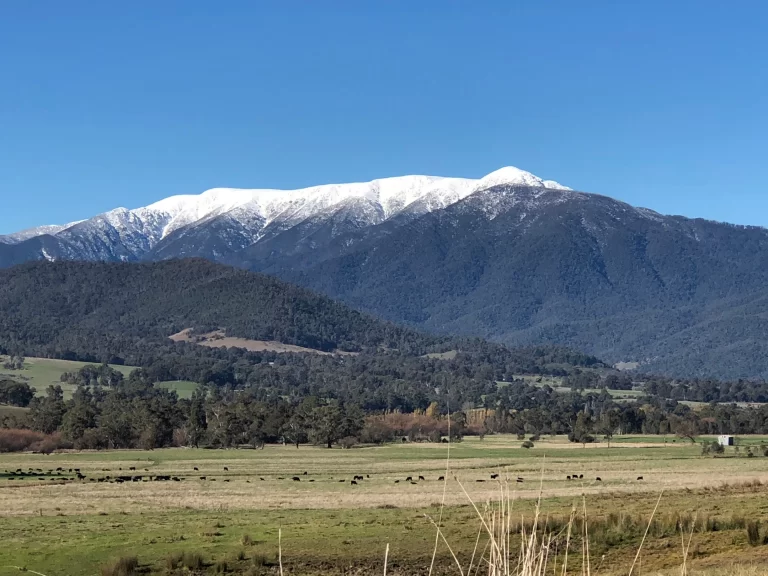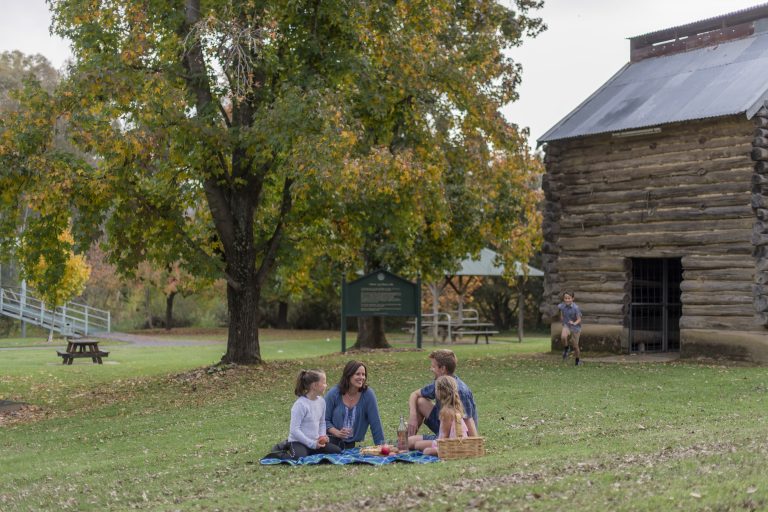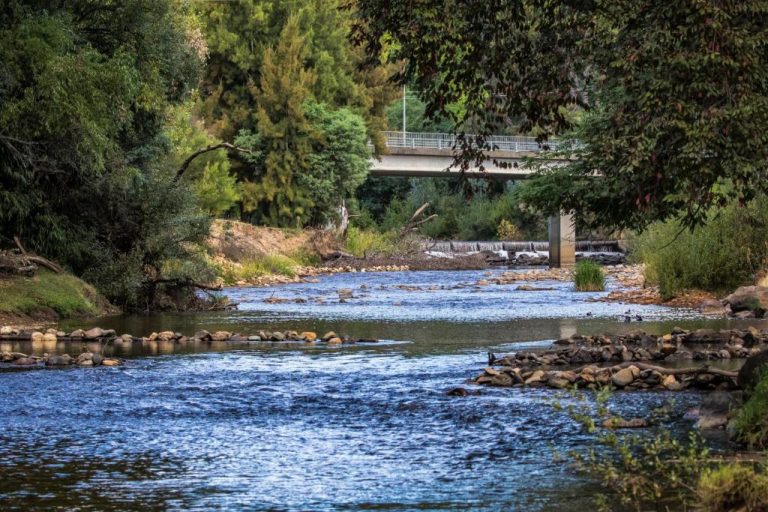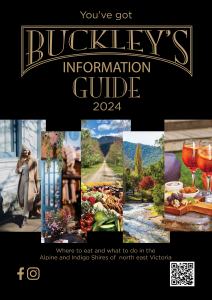Milawa, situated in Victoria, Australia, along Snow Road, lies 18 kilometers (11 mi) southeast of Wangaratta within the Rural City of Wangaratta. As per the 2021 census, Milawa boasted a population of 588. Positioned at the northern end of the King Valley wine region, Milawa is nestled between the King River to the west and the Ovens River to the north, both converging in Wangaratta. Serving as the central hub of the Milawa Gourmet Region, the town offers a diverse range of produce.
Renowned as the home of the historic Brown Brothers vineyards, in operation since 1889, Milawa also houses the Milawa Cheese Company and Milawa Mustards. Initially known as “The Square” until 1873, the name Milawa has Aboriginal origins, combining ‘Mila,’ meaning ‘Eyes,’ and ‘Wah/Wa,’ meaning water. The Bpangerang people in the Milawa area were known as water watchers, closely monitoring the King River (Poodumbia) and the Ovens River (Torryong).
In its early days, Milawa featured the Emu Hotel, constructed by James Henley, and the Commercial Hotel, built by Colin Gardner. General merchandise was available at McKenzie’s store, and the town boasted two blacksmiths, a saddler, a bootmaker, a carpenter, and a doctor, Dr. McSweeney. The Post Office, initially named Oxley until 1870 and Oxley Plains until 1874, opened on July 7, 1862.
In 1889, a Mechanics Institute with a free library and a spacious hall was established. Football and cricket gained organized play in the 1890s, and Milawa was connected to electricity from the Kiewa hydro scheme in 1939. Notably, a violent storm wreaked havoc in 1977, destroying the Anglican church, damaging numerous buildings, and demolishing crops. A similar storm in 2000 followed a comparable path with analogous outcomes.
Milawa’s rich history includes the establishment of a dairy company in 1891, which, by 1896, had become one of the largest dairy companies in Australia (the Milawa Cheese Company now occupies this site).
